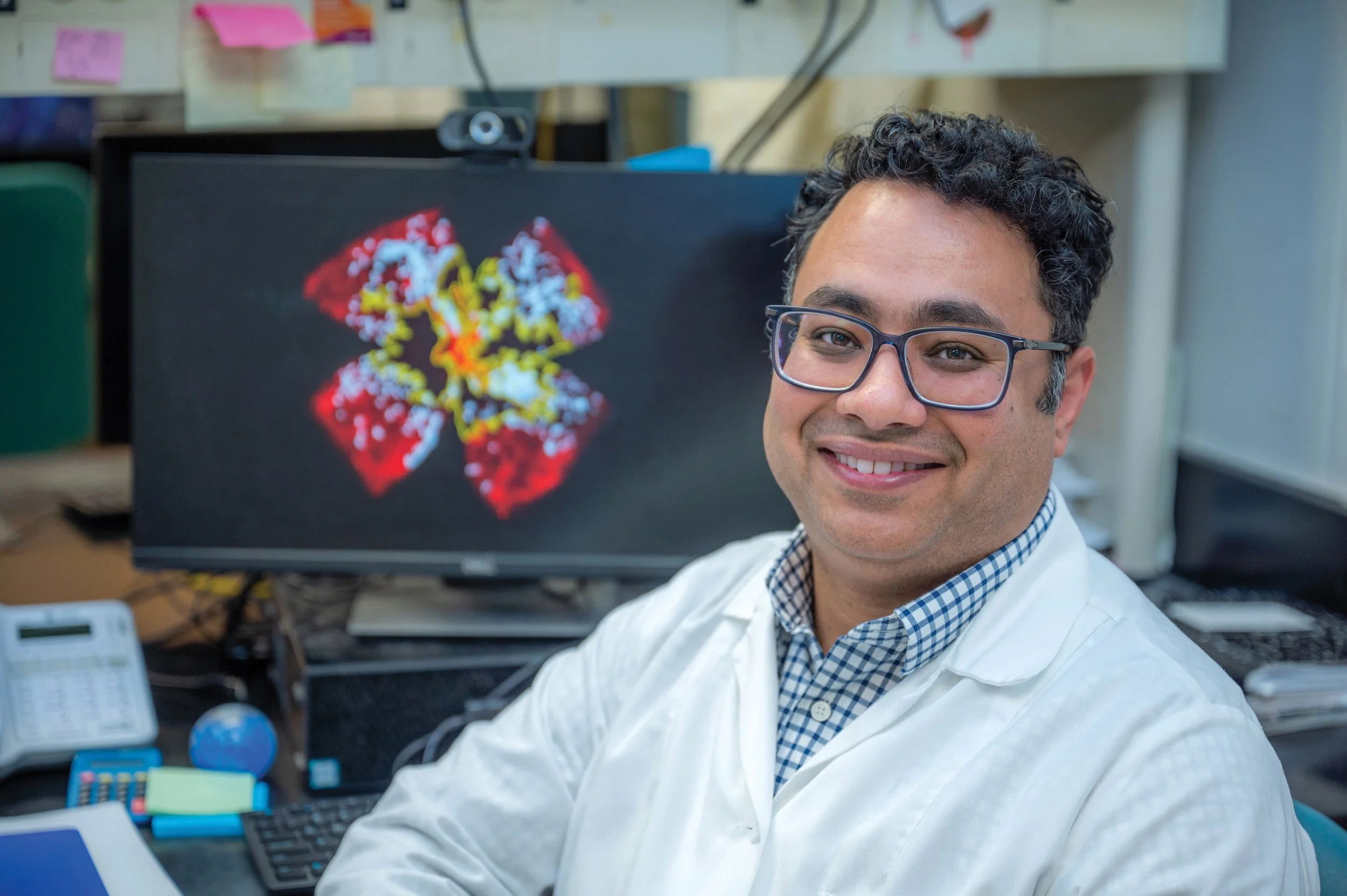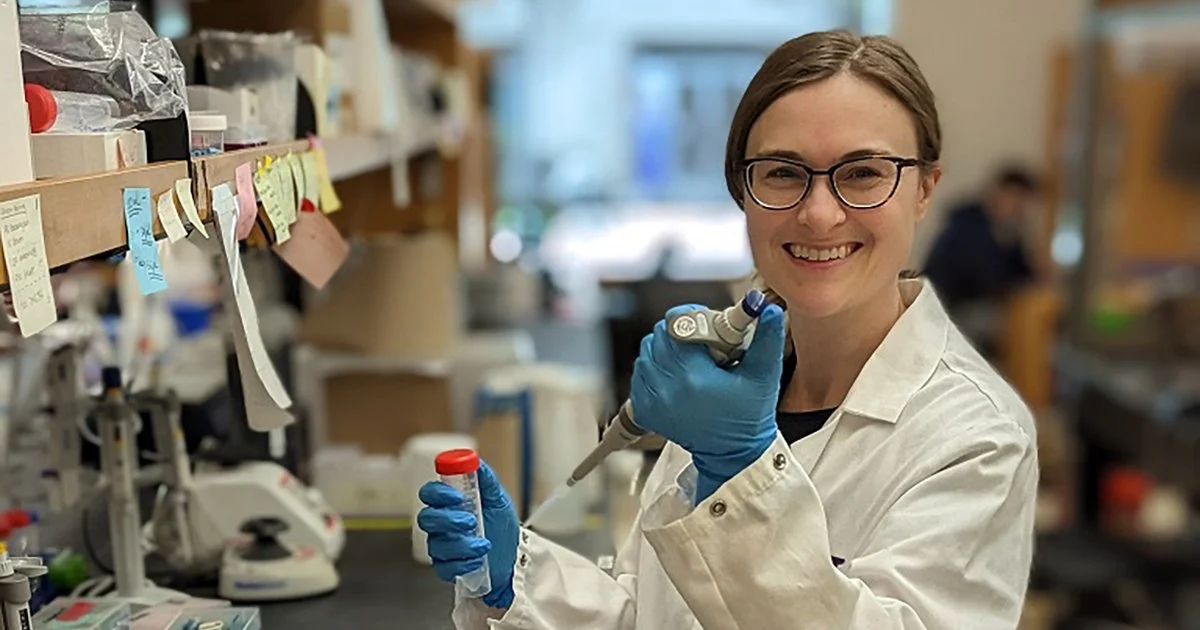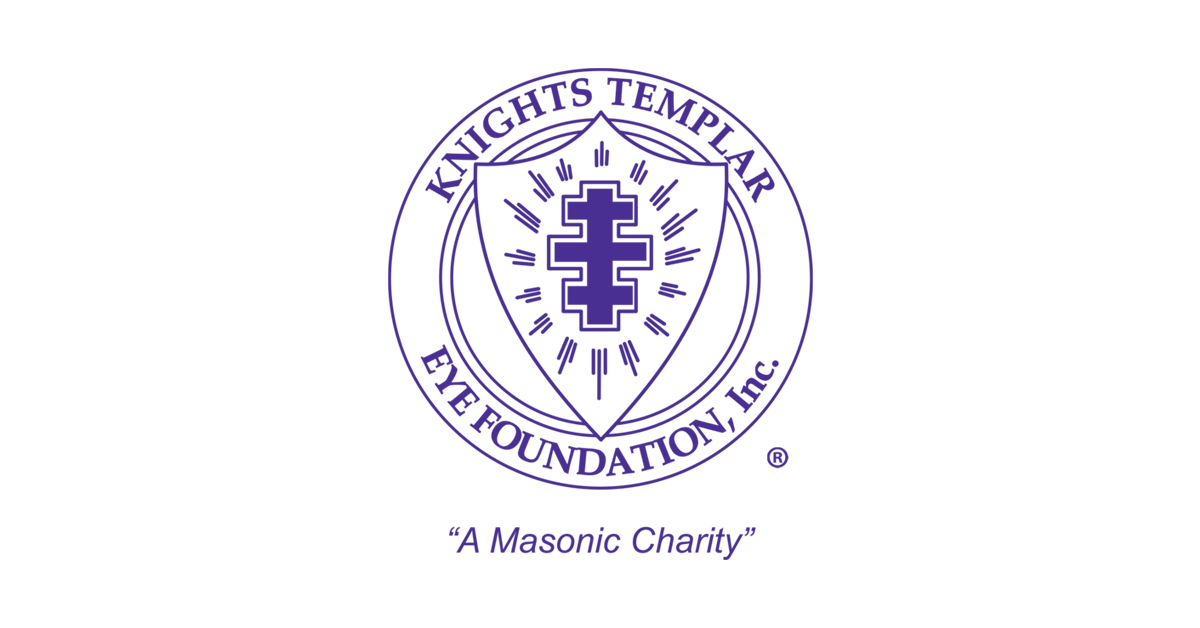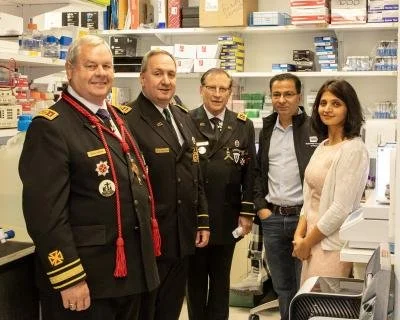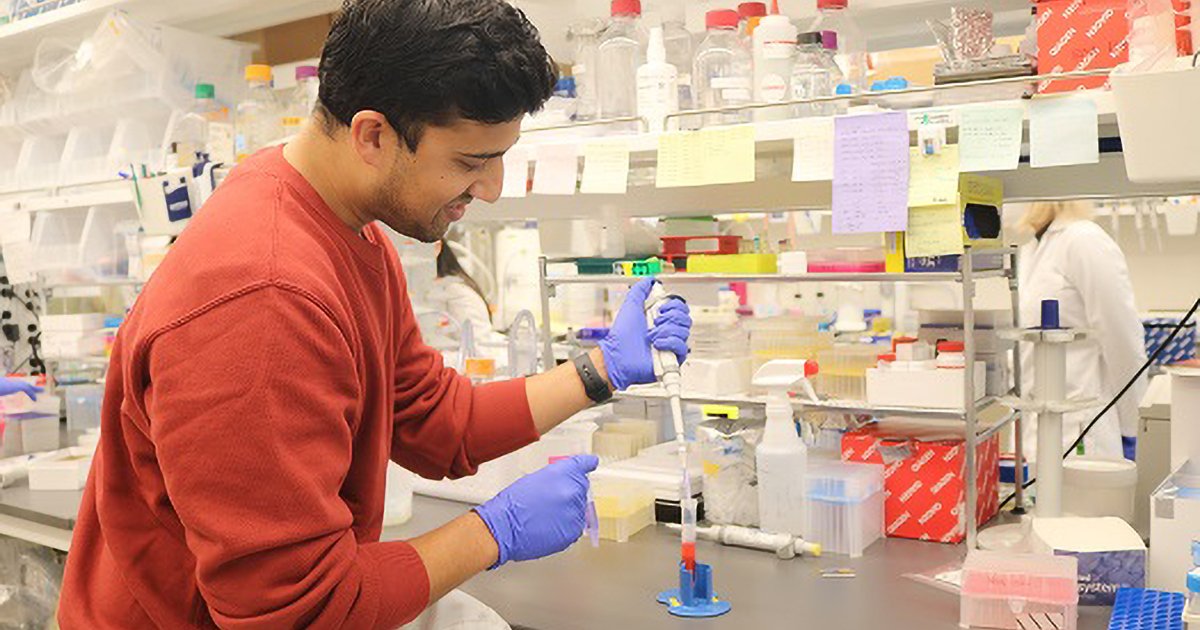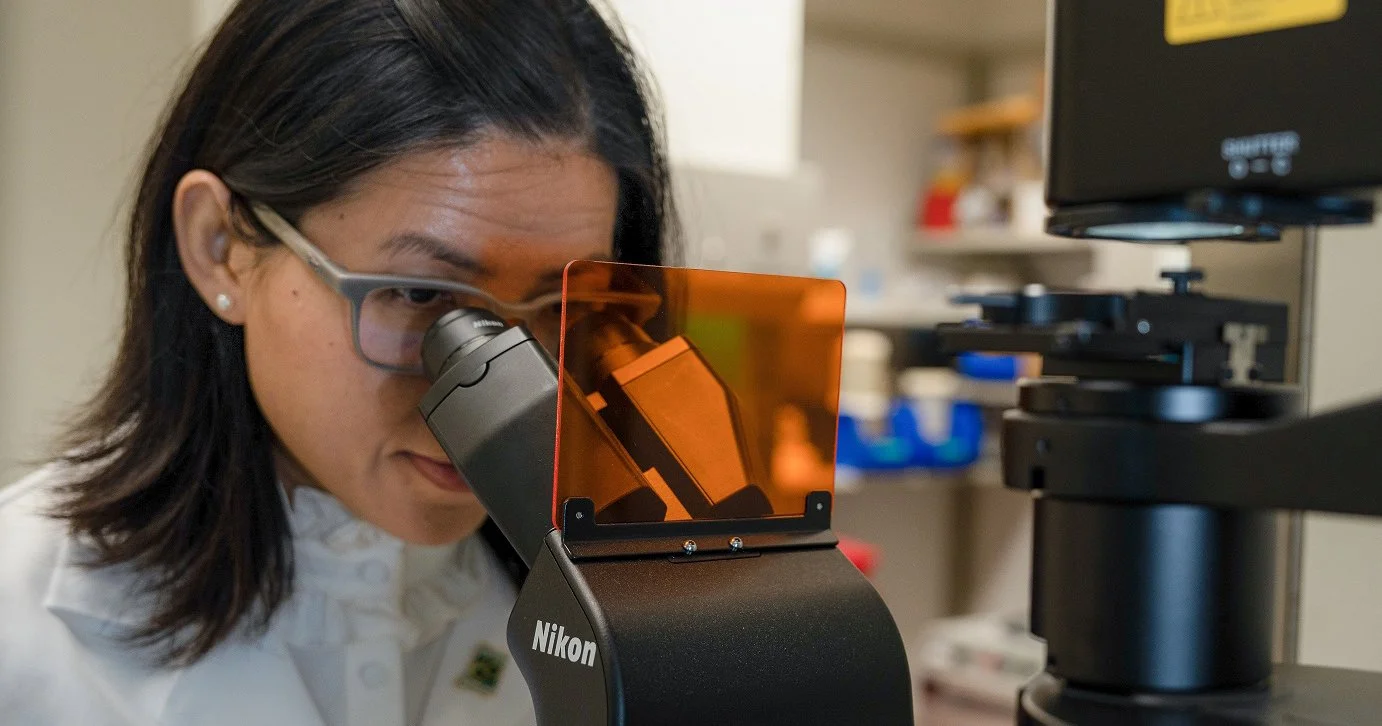Based on this study, he can repurpose this approved medicine for a clinical trial in ROP infants. He hopes this medicine will help the infants recover from such a blinding disease and let them see well again.
Read MoreDr. Young’s focus is on developing new techniques which combine gene therapy with drug treatment to prevent retinal ganglion cell death in an animal model of NF1. He will also evaluate their effectiveness in maintaining vision.
Read MoreBecause there is now access to cutting edge cameras which can produce 3D representations of the retina and vessels with high resolution, Dr. Young aims to precisely define the rate of vessel growth in prematurity and ROP, as well as characterize microvascular changes at the edge of ROP, with the goal to provide novel avenues to predict disease.
Read MoreDr. Wang proposed a new strategy to perform gene editing in the eye using circular RNAs, a class of highly stable RNA molecules, delivered into retinal cells by nanoparticles. He envisions that this work will lead to safer treatments for childhood retinal diseases, and potentially other vision disorders.
Read MoreEmerging evidence suggests that sensory symptoms of autism are caused, at least in part, by changes in sensory organs, in addition to changes in the brain. This includes the retina, which is the entry point to the visual system and is critical for sight and a wide variety of other visual functions, like regulating the sleep-wake cycle. However, little is known about how the retina is affected and whether changes in the retina contribute to visual symptoms in autism or Fragile X syndrome.
Read MoreBy completing this study, Dr. Tworak would like to prove that by this approach it is possible to stop development of the disease and stop the vision loss. The obtained data could be used as a starting point to design a clinical trial to test the therapy in humans.
Read MoreKTEF funded $75,000 which enabled 48 medical students and ophthalmology residents to attend this meeting which has a significant impact on these young professionals, enhancing their education and fostering their development into the field of pediatric ophthalmology. The experience these professionals gain by attending is invaluable, offering attendees the opportunity to engage with leading experts, participate in cutting edge workshops and network with peers and mentors.
Read MoreThis study endorses the theory of ‘1+1 is greater than 1’ for effective treatment strategies. Morphological, functional, and genetic analysis will be performed to thoroughly assess the treatment outcomes. The findings will be applicable to other preclinical trials of gene therapy dealing with early-age vision loss.
Read MoreThe 56th Annual Voluntary Campaign Final Report is now available at: https://www.ktef.org/campaign-reports
Read MoreThis year ARVO awarded 95 travel grants to help student/trainee members attend the 2024 annual meeting. These funds from the KTEF represent 25.5% of the total travel grants awarded by ARVO and the ARVO Foundation annually. In total, ARVO and the ARVO Foundation supported 373 travel grants in 2024.
Read MoreDr. Srivastava is studying the molecular mechanism of cooperation between NRL and CRX by structural and biophysical methods. A molecular-level understanding of the function and regulation of NRL and CRX will help to design better therapeutic interventions for these genetic diseases.
Read MoreAt the end of the review process thirty-two Competitive Renewal & Career Starter grants for a total of $2,876,396.00 were recommended by the SAC Committee and later approved by the KTEF officers.
Read MoreShe believes that the completion of this project will help to understand how the lack of pigmentation affects the foveal RPE cell phenotype in patients with foveal defects and if the supplementation of metabolites of the pigmentation pathway can rescue the proper foveal phenotype in iPSC-RPE derived from albinism patients.
Read MoreBy deciphering this network of cellular transport, Dr. Shah can target specific molecules to restore normal function and preserve vision in pediatric eye diseases.
Read MoreShe plans to target a signaling pathway for the resident immune cell of the retina, in order to delay cone degeneration, with the goal of improving long-term rescue following gene therapy. Together, these studies will allow for development of new strategies to extend the therapeutic window in order to treat patients with BCM at all ages (infant to adult), as well as therapy longevity for treatment of BCM.
Read MoreDr. Riaz has developed cells that can serve as an alternative to donor tissue in treating adult animals with corneal edema. The strategy includes treating corneal endothelial edema using differentiated cells in juvenile rabbits and monkeys. The knowledge gained from this project will bring us one step closer to preventing childhood blindness.
Read MoreDr. Pham is investigating the efficacy of CRISPR for treating several cellular models of pediatric ophthalmic diseases, including Leber Hereditary Optic Neuropathy (LHON), Mitochondrial Encephalomyopathy, Lactic Acidosis, and Stroke-like episodes (MELAS), and Leigh syndrome with ophthalmoplegia. Successful demonstration of CRISPR for targeting mitochondrial DNA will open a new therapeutic avenue for these rare and incurable diseases.
Read MoreDr. Oke is developing a mathematical model based on one full year of US births that will predict whether newborn screening could prevent visual impairment in children with retinoblastoma. The result would be earlier access to care even for the most disadvantaged children within and outside of the US.
Read MoreDr. Manohar’s goal is to determine how CHD7 functions to regulate cell type differentiation in the retina, by utilizing single cell transcriptomic and chromatin binding assays in the zebrafish model. Results of these experiments will provide critical information on how CHD7 regulates retinal development, which could lead to development of new therapeutic approaches for the vision impairment associated with CHARGE syndrome.
Read MoreHe hopes to get fresh insight into the therapeutic approaches for RP and STGD by targeting three different nodes of ceramide metabolism - inhibiting two key enzymes generating ceramide and stimulating AdipoR1 ceramide-degrading activity to lower pathologically increased ceramides.
Read More
